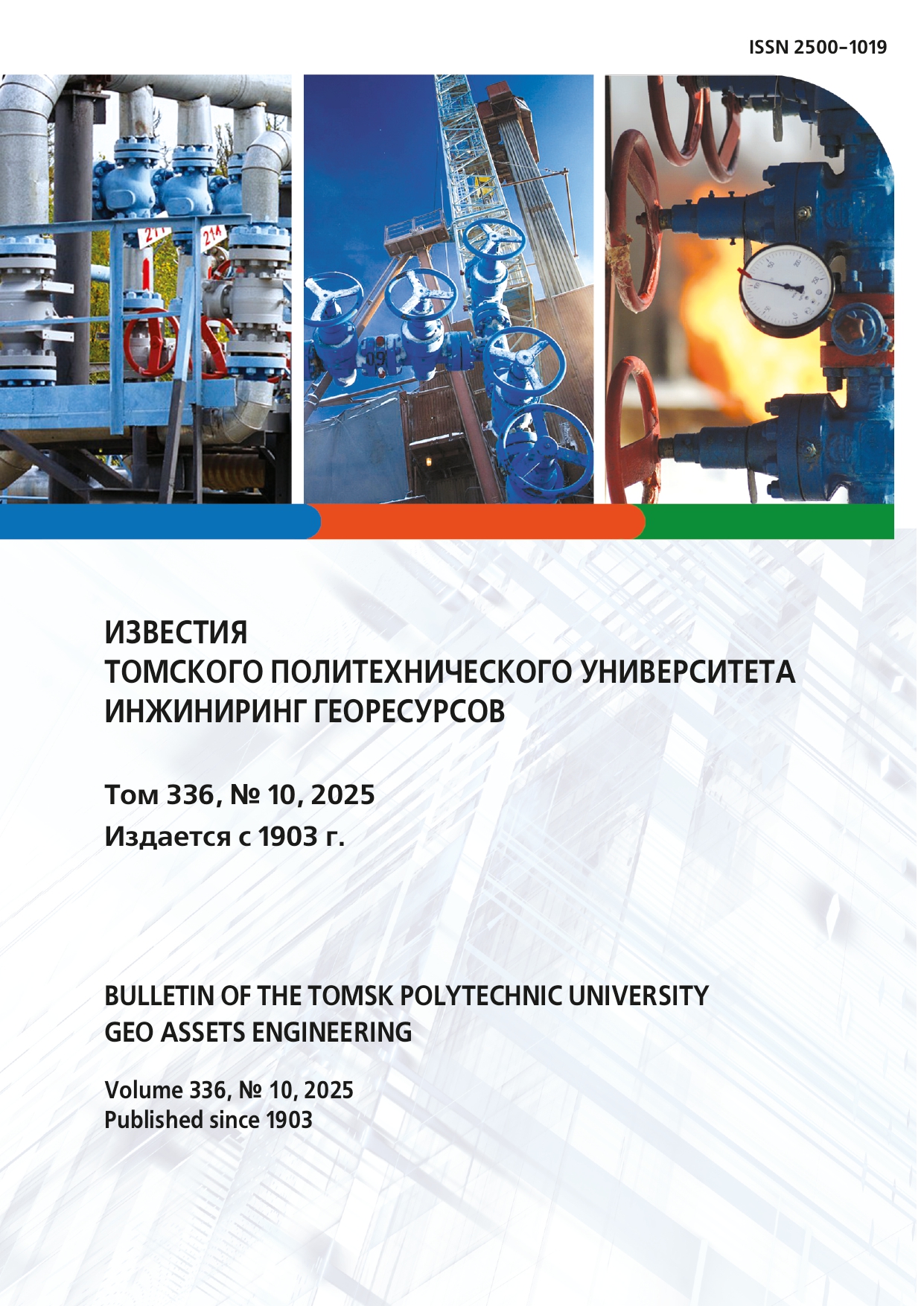Том 334 № 6 (2023)
DOI https://doi.org/10.18799/24131830/2023/6/4290
ТЕПЛОФИЗИЧЕСКИЕ ХАРАКТЕРИСТИКИ ПОЛИМЕРНЫХ КОМПОЗИЦИОННЫХ МАТЕРИАЛОВ С УГЛЕРОДНЫМИ КОМПОНЕНТАМИ ДЛЯ ЭЛЕКТРОТЕХНИЧЕСКИХ УСТРОЙСТВ
Ссылка для цитирования: Минакова Н.Н., Ушаков В.Я. Теплофизические характеристики полимерных композиционных материалов с углеродными компонентами для электротехнических устройств // Известия Томского политехнического университета. Инжиниринг георесурсов. – 2023. – Т. 334. – № 6. – С.134-139.
Актуальность работы обусловлена необходимостью дальнейшего улучшения свойств композиционных материалов – их технологичности и экологичности, ресурсной и энергетической эффективности. Сфера применения таких материалов расширяется, охватывая, в том числе, разведку и добычу нефтегазовых ресурсов, благодаря возможности регулирования их свойств в широких пределах. Резистивные и изоляционные изделия из полимерных материалов с углеродными компонентами характеризуются небольшими весом и стоимостью, а также доступностью исходного сырья и промышленной технологией изготовления. Многообразие процессов в наполненных полимерах, применяемых в резистивных конструкциях при повышенных температурах, требует изучения их теплофизических характеристик, определяющих процессы теплообмена и теплопередачи в материале. Тепловыделение и теплообмен в них реализуются на различных уровнях: полимерное связующее, свойства которого формируются под действием углеродного компонента, и электропроводящая сетка, погруженная в полимерную матрицу. Это делает актуальными исследования теплофизических характеристик, которые формируются за счет широкого набора параметров. Цель: изучить теплофизические характеристики наполненных техническим углеродом каучуков для повышения эффективности их использования в изделиях и конструкциях; выявить влияние на теплофизические и структурные характеристики полимерных композиционных материалов углеродных компонентов. Методы: инструментальные измерения теплофизических характеристик материалов, рентгеноструктурный, статистический и корреляционный анализы. Результаты. Экспериментально подтверждено, что теплофизические характеристики (теплоемкость, теплопроводность, температуропроводность) зависят от вида связующей основы. Проанализирована их связь с физическими свойствами связующей основы и композиционного материала. Установлена зависимость теплофизических характеристик от степени кристалличности связующего компонента в композиционном материале – при увеличении содержания кристаллической фазы в полимере теплоемкость, теплопроводность и температуропроводность увеличиваются. Сформулированы рекомендации по подбору материала связующего для полимерных композиционных материалов с углеродными компонентами с учетом характера теплового режима конструкции, например, при работе в нестационарных тепловых режимах.
Ключевые слова:
Ресурсосбережение, полимерные композиционные материалы с углеродными компонентами, наполненные техническим углеродом эластомеры, метод лазерной вспышки, теплофизические характеристики, коэффициент теплопроводности, удельная теплоемкость, коэффициент температуропроводности, теплообмен, теплопередача, кристаллическая фаза





